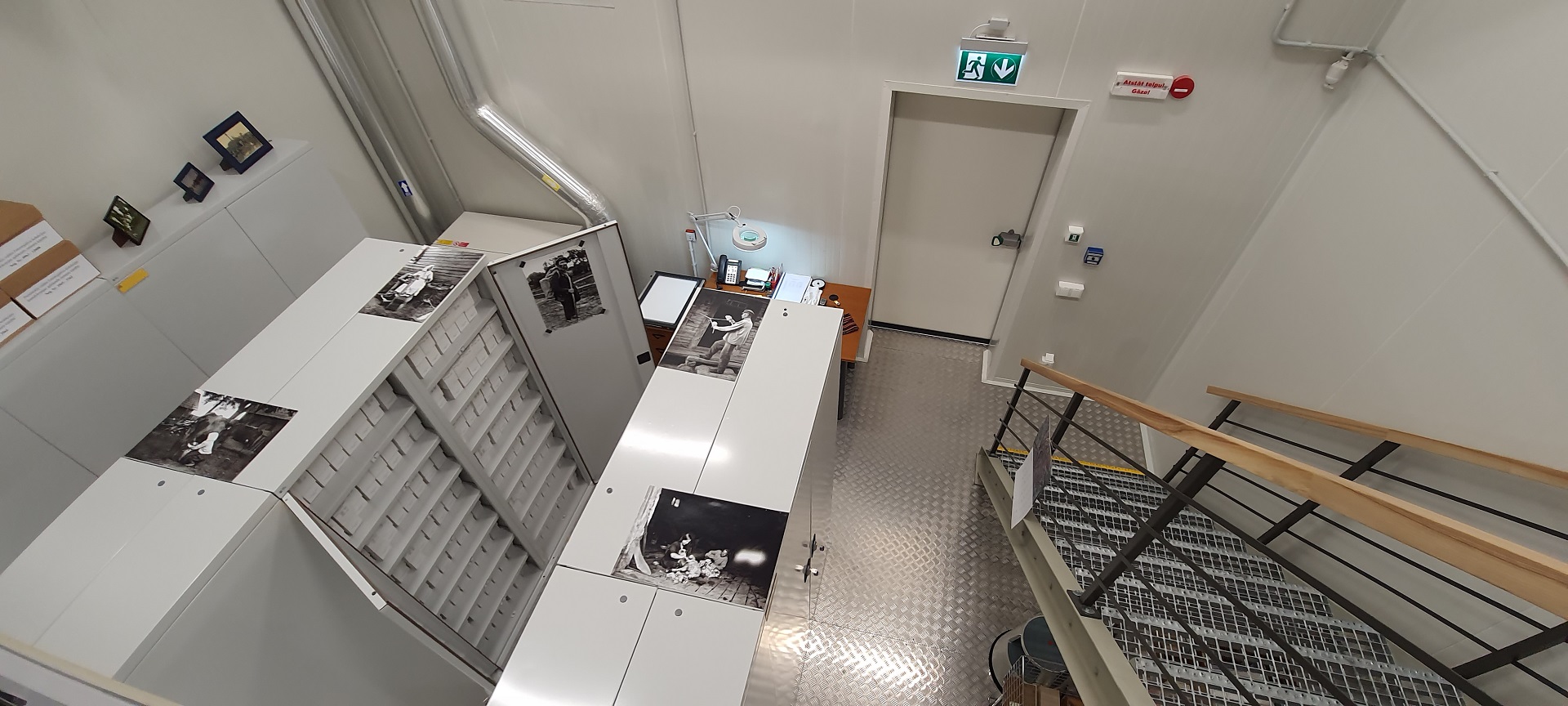History Department
The History Department collections contain around 300,000 items – documents, photographs, photographic negatives, maps, postcards, books, household objects, textiles, works of sacred art and graphic art, paintings, etc. – covering the period from the 14th century to the present day and providing insights into Latvia’s political, economic, educational and cultural history, as well as daily life in different periods. The Department’s collections also offer a broad overview of 20th-century history, including the life of exile Latvians and the repressions of occupying regimes. The History Department also holds the diplomatic gifts collection, the creation of which has been entrusted to the LNMH. The History Department continues purposeful work to bring new additions to its collections.
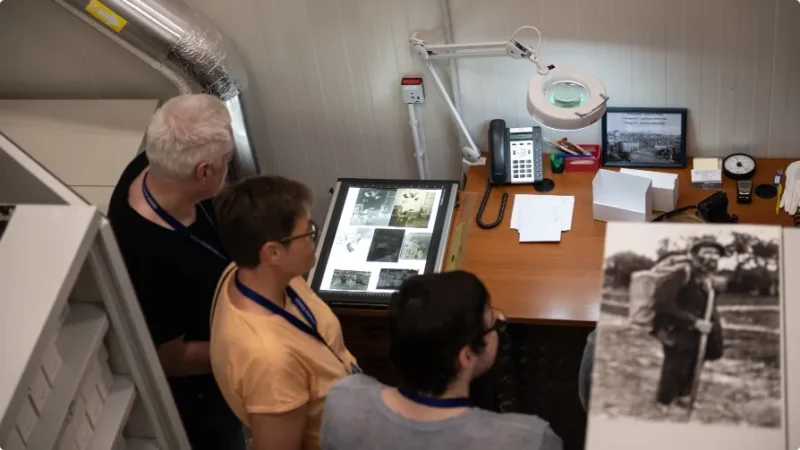
Head of the History Department Inta Robežniece
Photographic collection
The visual evidence in the photographic collection spans the period from the mid-19th century, when the predecessors of photography – ambrotypes, daguerreotypes and ferrotypes – were made, to contemporary photography.
Read more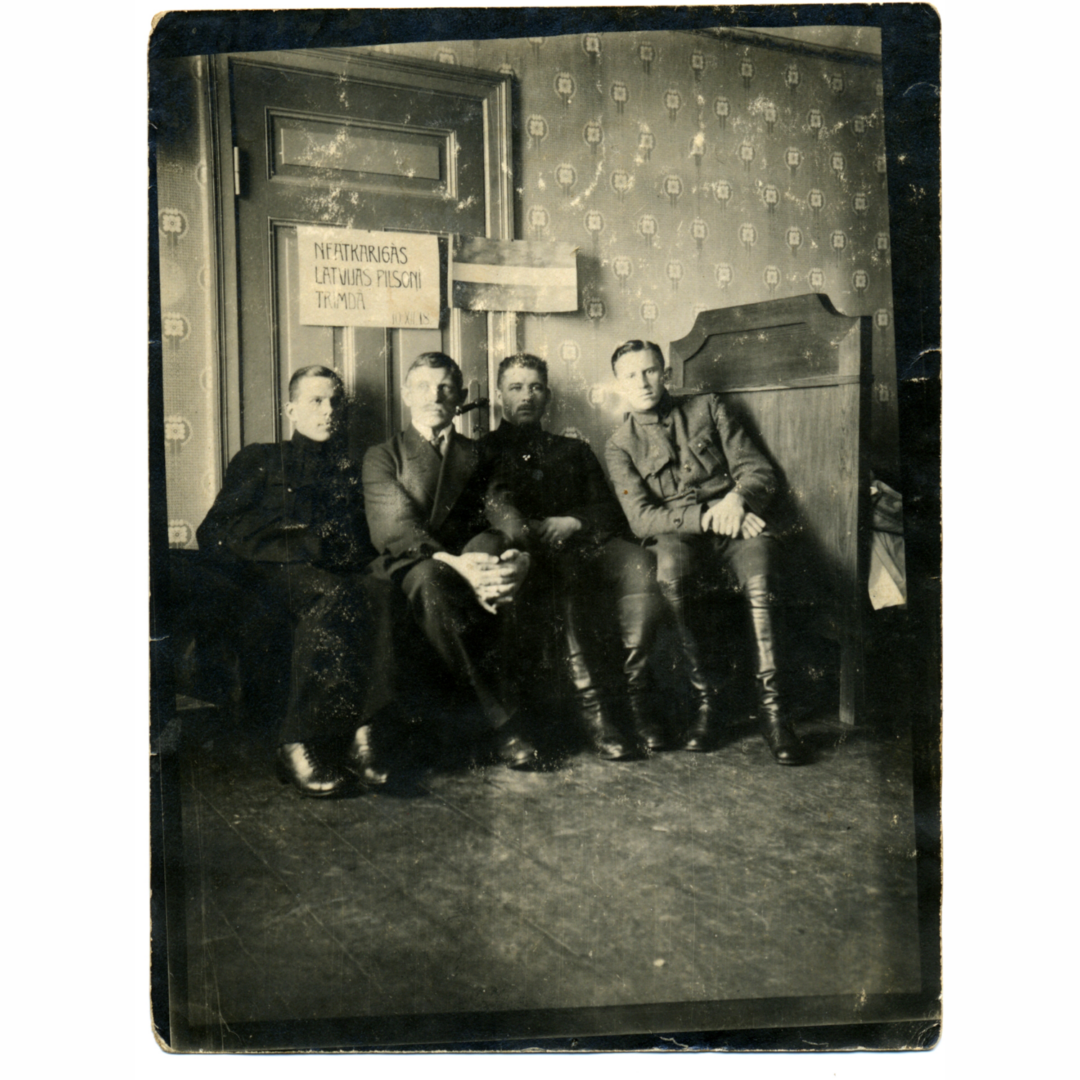
Photographic negatives collection
The extensive collection of more than 140,000 photographic negatives is a unique visual record of Latvian cultural history from the second half of the 19th century to the beginning of the 21st century. The collection extensively documents architectural, archaeological and ethnographic objects, as well as urban and rural lifestyles.
Read more
Historical objects collection
The collection includes furniture and furnishings, lighting equipment and essential household items. Daily life is also represented by writing instruments and school supplies, toys and games, sports and hobby equipment, various cosmetic and hygiene products. The economic history is reflected by 18th–20th-century artisan tools and products, their guild items, as well as 19th–21st-century factory samples and product packaging.
Read more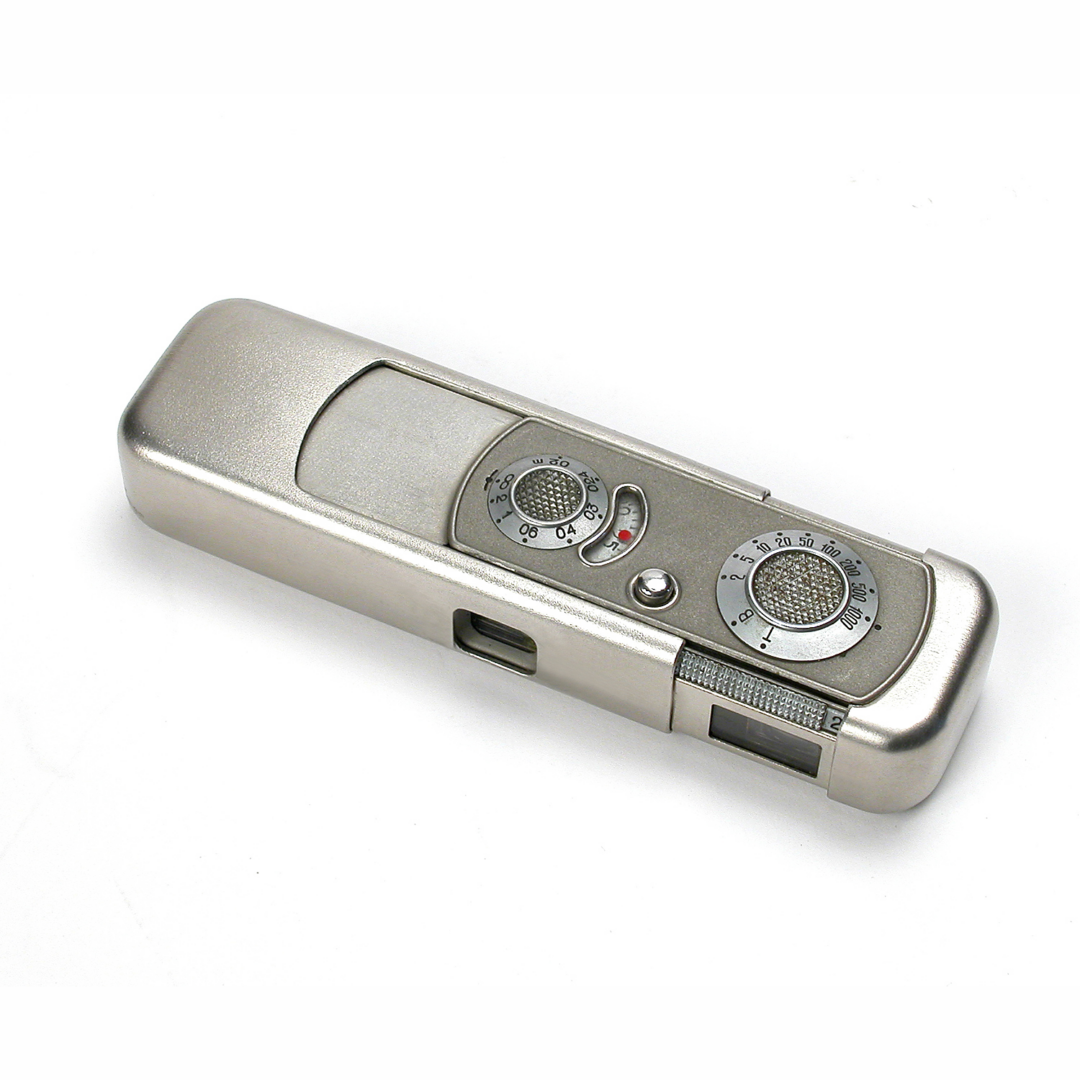
Precious metals collection
The precious metals collection contains around 850 objects. These include 17th–19th-century guild cups and their pendants made by Latvian silversmiths, church items such as wine cups, patens and altar candlesticks, 19th-century Latvian and European tableware and silver cutlery sets, 19th–21st-century jewellery, boxes, accessories, prizes, gifts from individuals, institutions and organisations.
Read more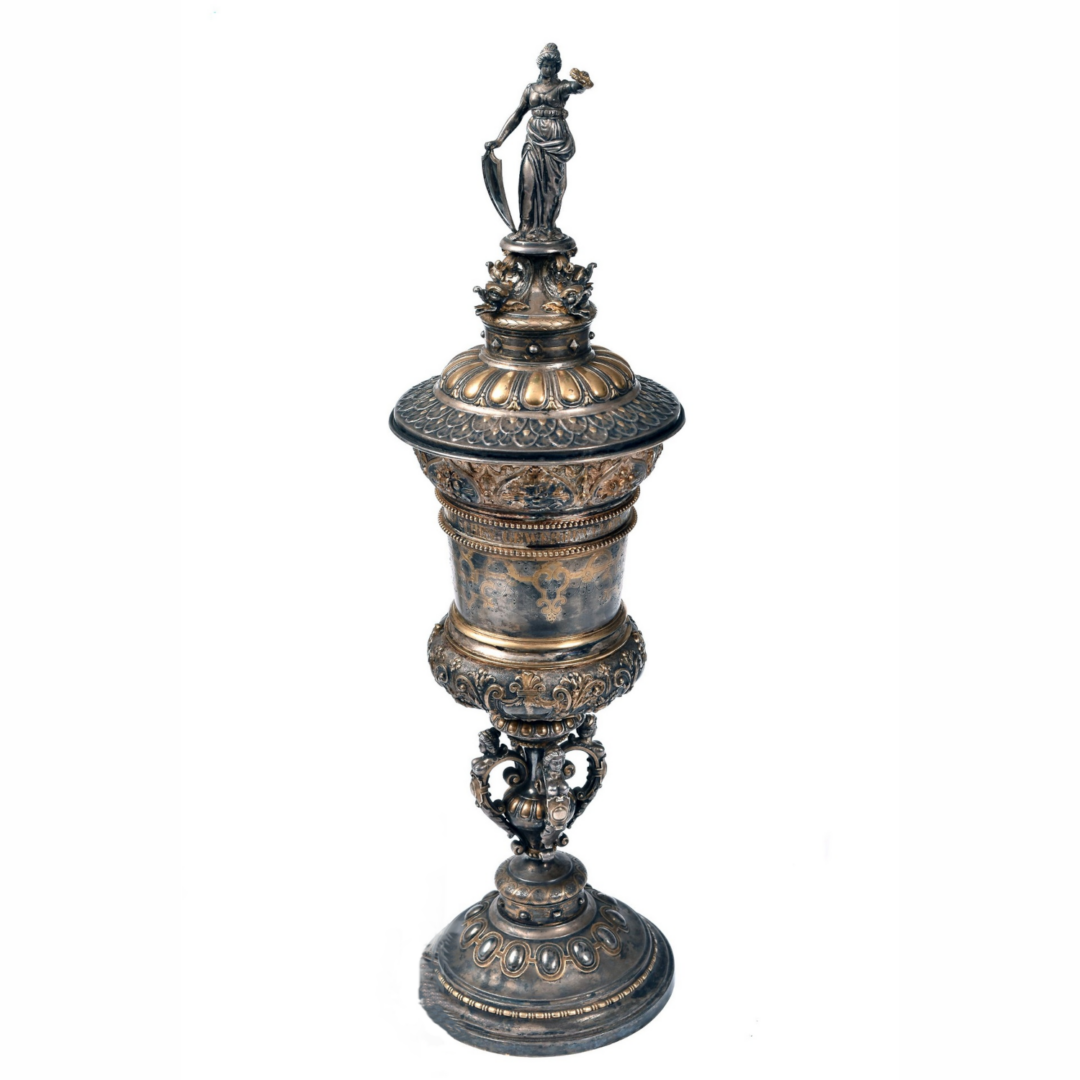
Weapons collection
The weapons collection includes around 800 items. It was created after World War II, taking over part of the collection of the Latvian War Museum closed in 1940. In the 1950s, the collection was supplemented by hunting weapons from the Moscow Historical Museum, as well as weapons for stabbing and cutting from the State Hermitage in Leningrad (now St Petersburg).
Read more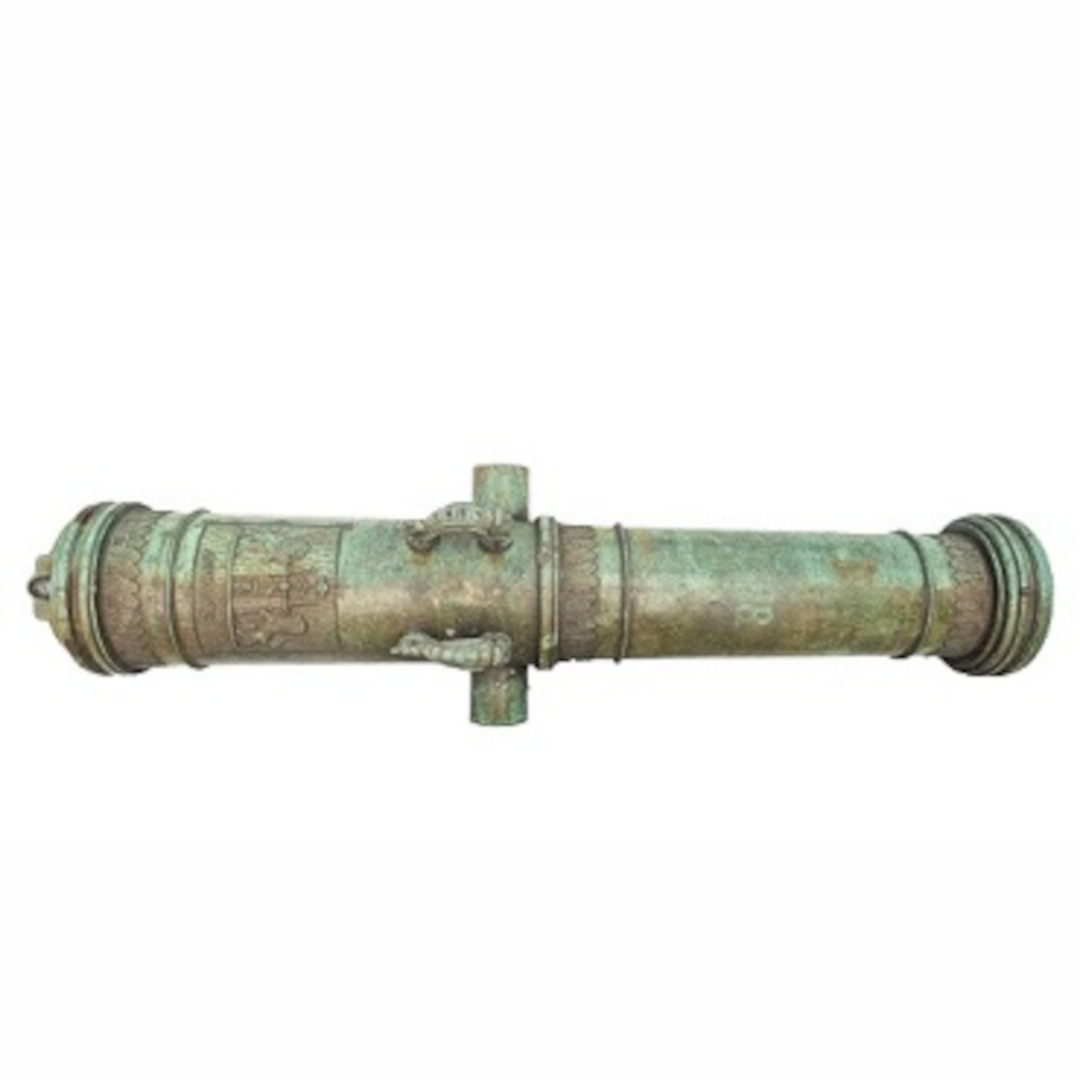
Written materials collection
The written materials collection includes manuscripts, documents, maps, plans, printed matter, postcards and books from the 14th century to the foundation of the Republic of Latvia 18 November, 1918.
Read more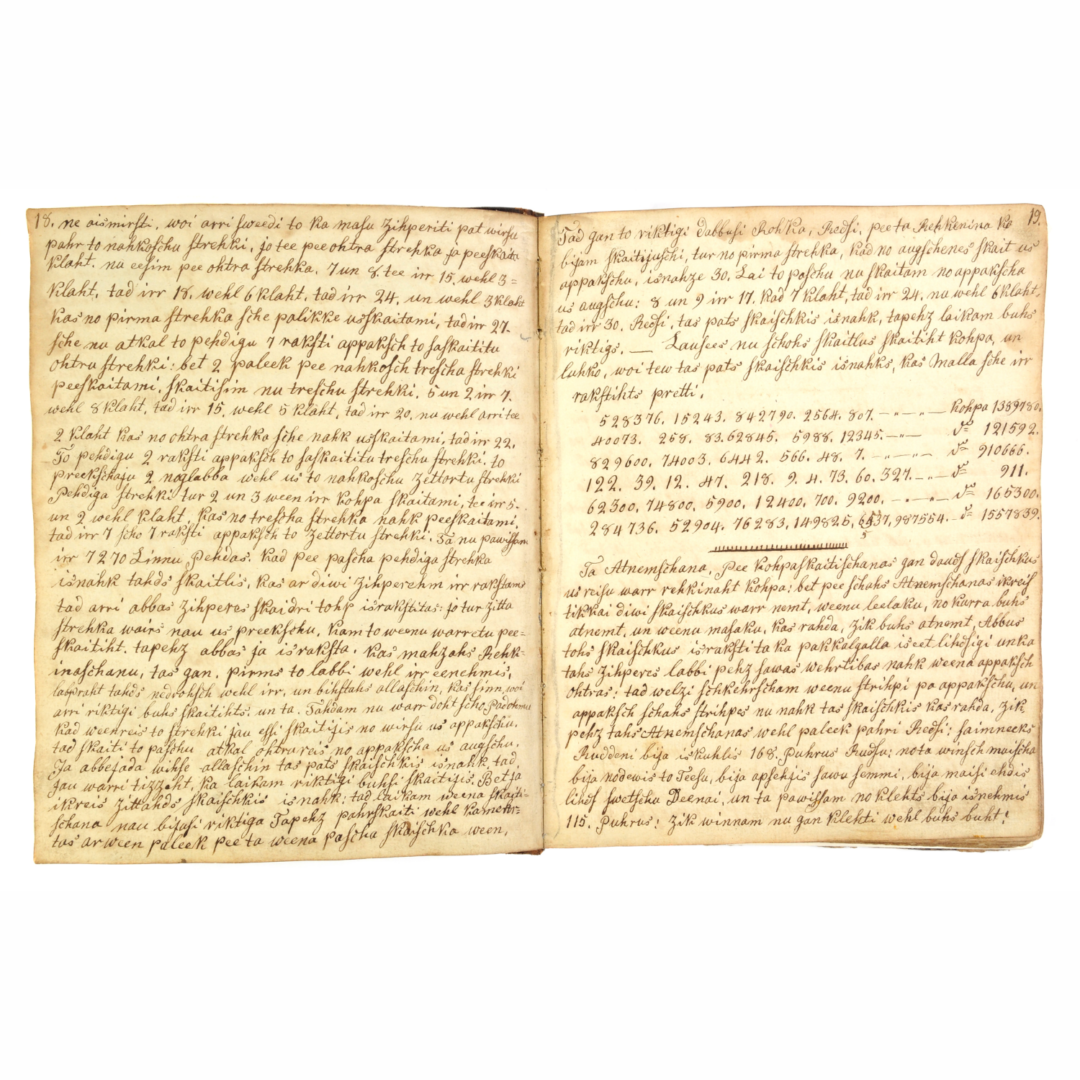
Documents collection
The collection includes some 16,000 documents covering the period from the proclamation of the Republic of Latvia in 1918 to the present day, comprehensively documenting the history of Latvia and its people, as well as the lives and activities of people of Latvian origin worldwide.
Read more
Printed materials collection
The printed materials collection contains more than 5,000 items: books, brochures and periodicals, which chronologically cover the period from the proclamation of the Republic of Latvia in 1918 to the present day. In addition to books and periodicals published in Latvia, the collection also includes books, brochures and periodicals published by Latvians in exile.
Read more
Posters and placards collection
The collection contains more than 2,000 objects, spanning the period from the early 20th century to the present day. The posters in the collection are thematically diverse, including Song Festival affiches, posters promoting nature conservation and tourism, Soviet propaganda posters, as well as election campaign posters.
Read more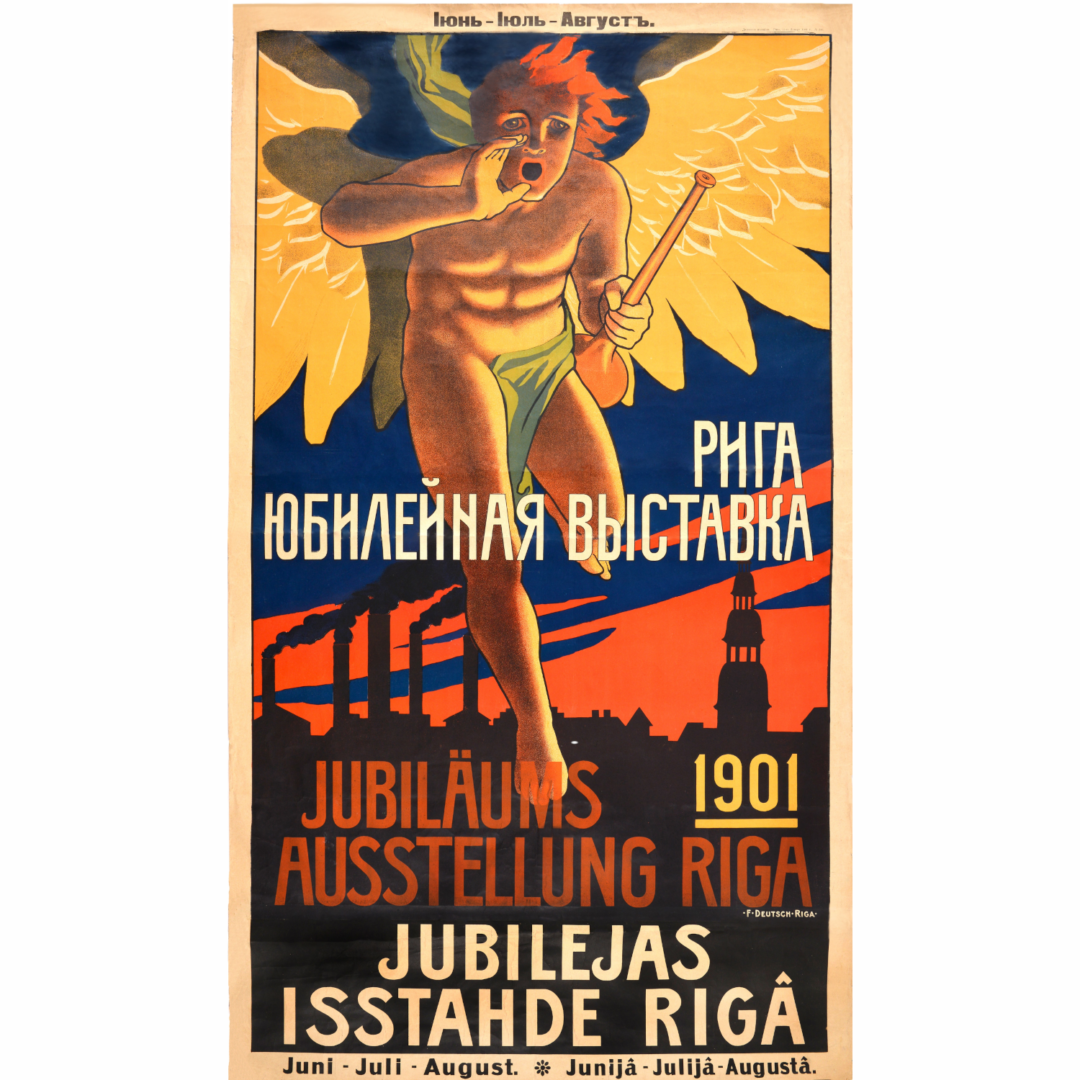
Paintings collection
The collection of paintings consists of works of art reflecting important themes and figures of Latvian history from the 17th to the 21st centuries. The works of art mostly have been included in the museum’s collection until the mid-20th century from the Riga Latvian Society collection, the Monuments Board, the Riga Dom Museum and the Courland Provincial Museum collections, the Grosvalds family collection, archaeologist Francis Balodis (1882–1947) collection, etc. However, new additions to the collection also arrived in the second half of the 20th century and still today.
Read more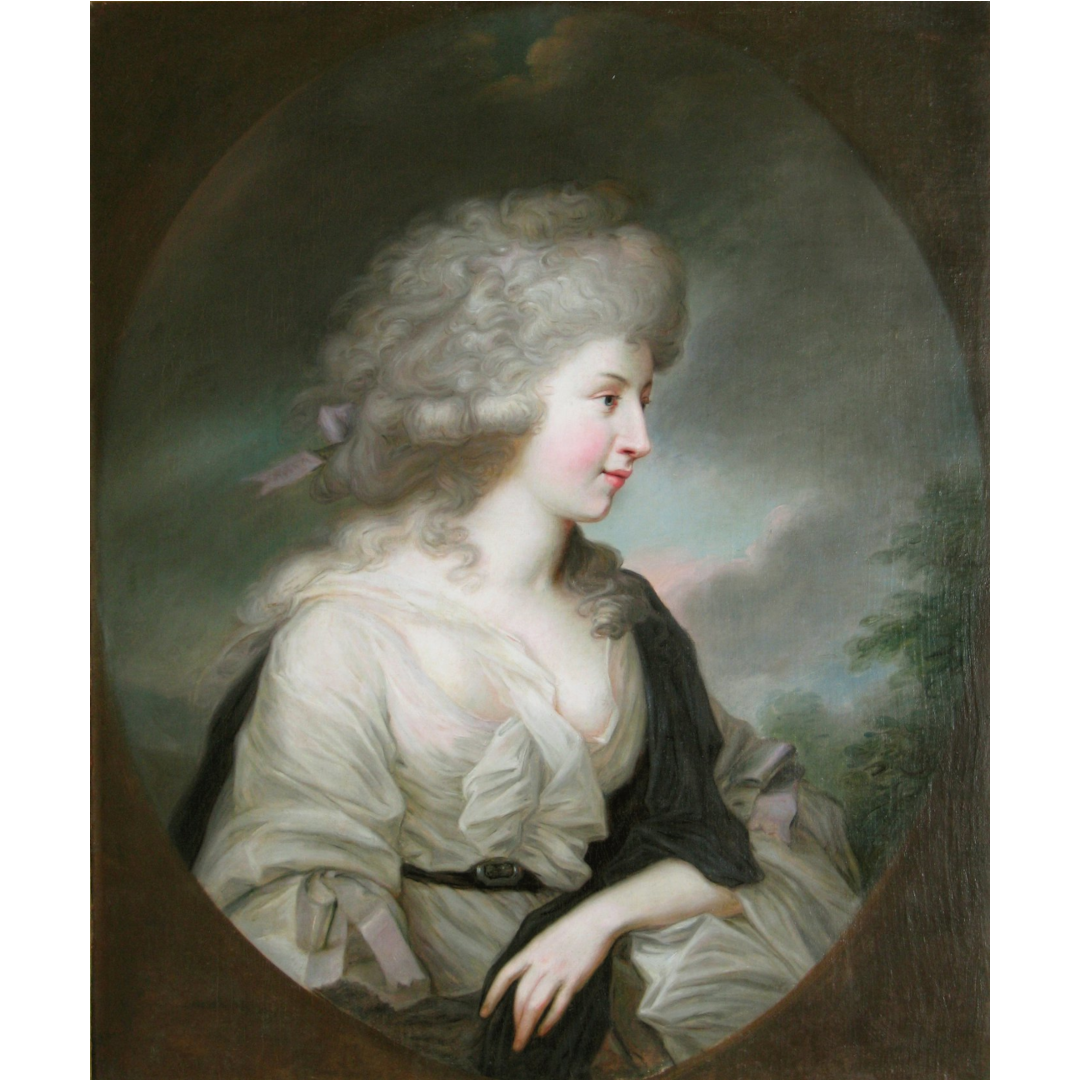
Graphic art collection
The graphic art collection includes individual works of graphic art, caricatures, bookplates, book illustrations and graphic design from the 17th century to the present day. The most represented types of graphic art are various drawing techniques, lithographs and engravings.
Read more
Wood sculptures collection
The wood sculptures collection includes more than 250 sculptures, ornamental carvings, as well as nobility’s epitaph coats of arms from Latvian churches, spanning the period from the 14th century to the first half of the 20th century. The collection reflects the evolution of art styles in Latvia from Gothic to Baroque and Rococo, as well as the specific features of Latgalian sacred wood sculpture at the turn of the century.
Read more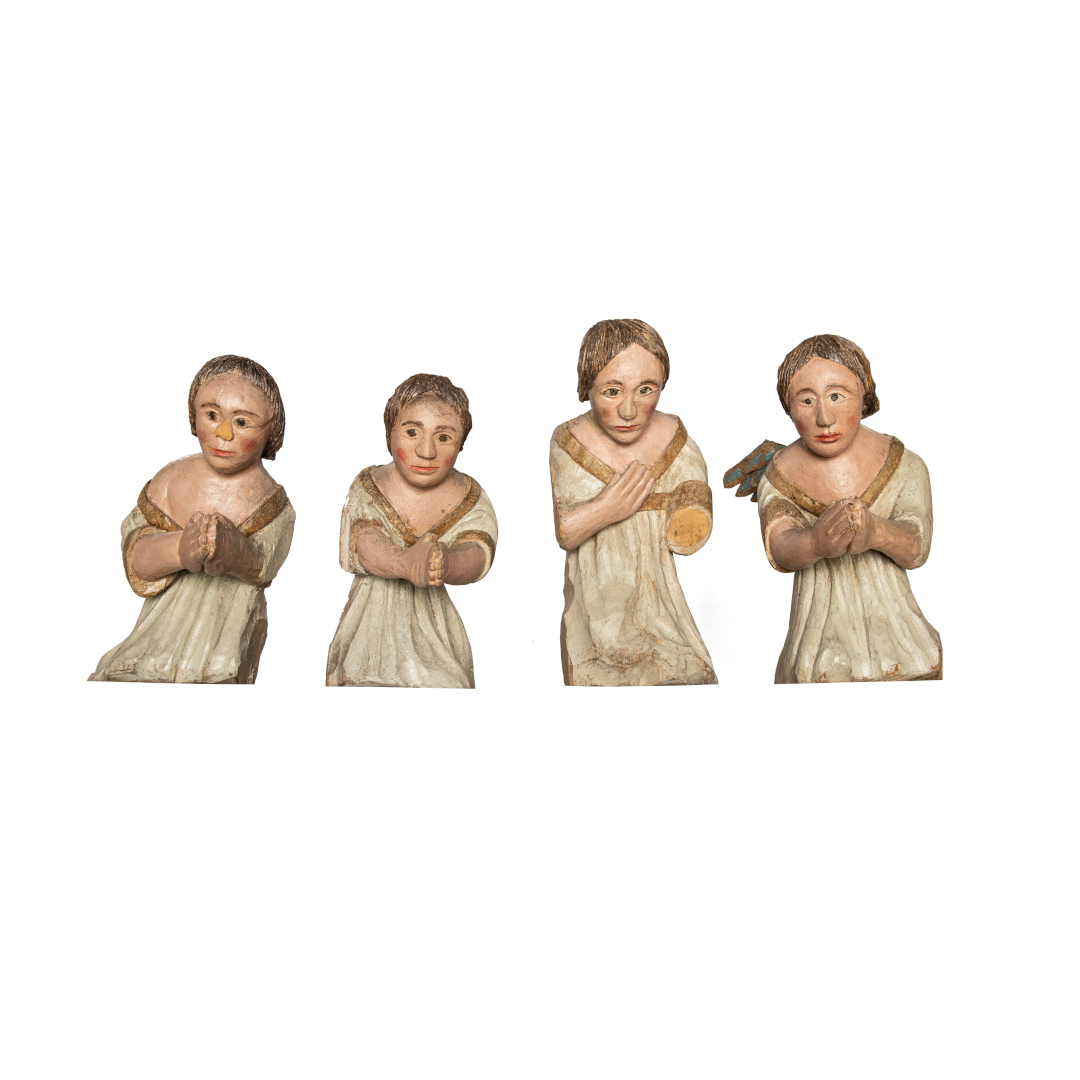
History of religion collection
The collection consists of over 600 objects describing the activities of religious denominations in Latvia from the 17th century to the second half of the 20th century. The collection includes ceremonial and liturgical items of Catholic, Lutheran, Orthodox, Old Believer and Judaism denominations, as well as religious literature, periodicals and photographs.
Read more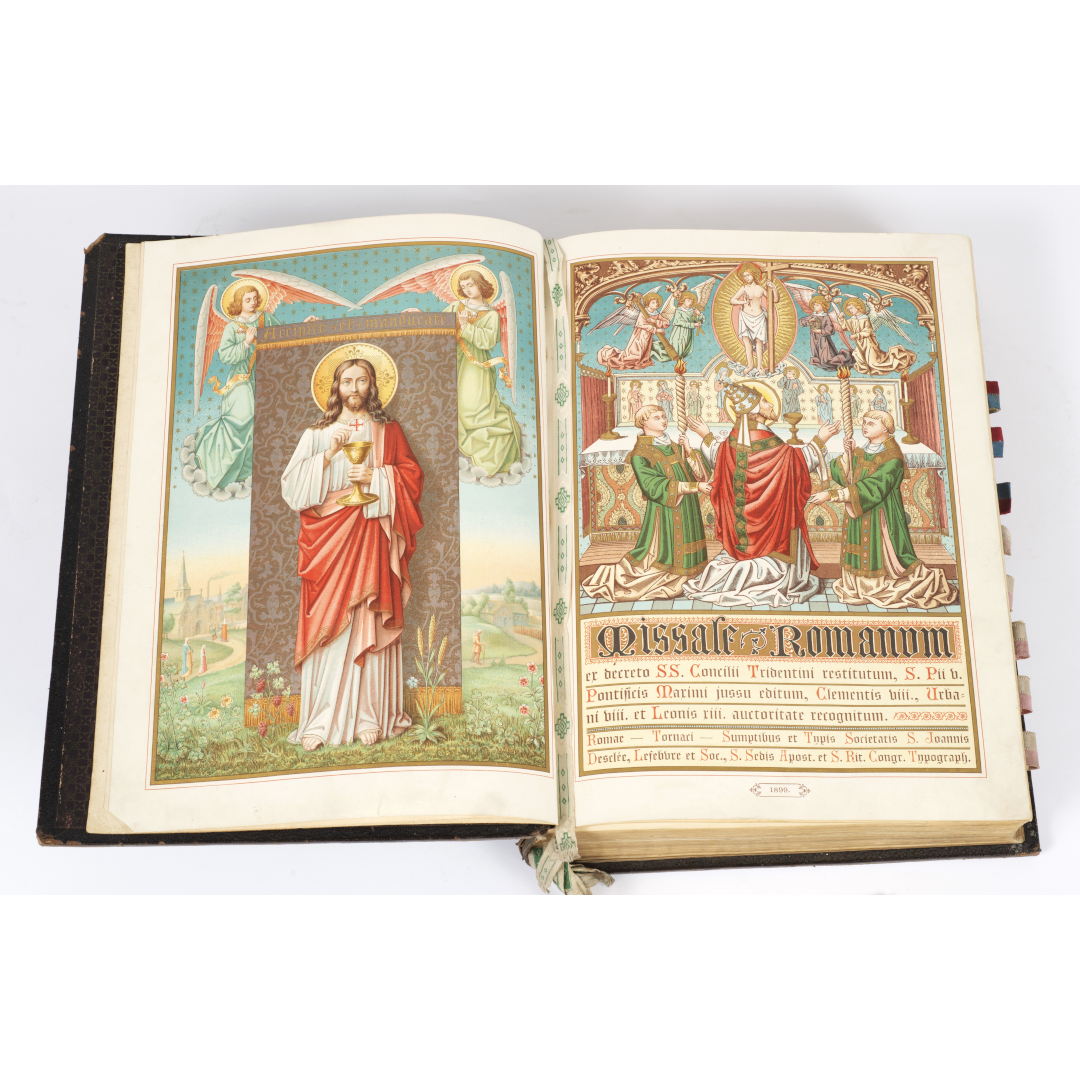
School history collection
The collection reflects the history of the learning process at different levels of education, from kindergarten to university. The collection includes printed material from the 18th–21st centuries, including textbooks and various periodicals, exercise books and notebooks, various documents (certificates, school reports), and textiles (flags, christening gowns, handicraft lesson embroidery samples, school uniforms).
Read more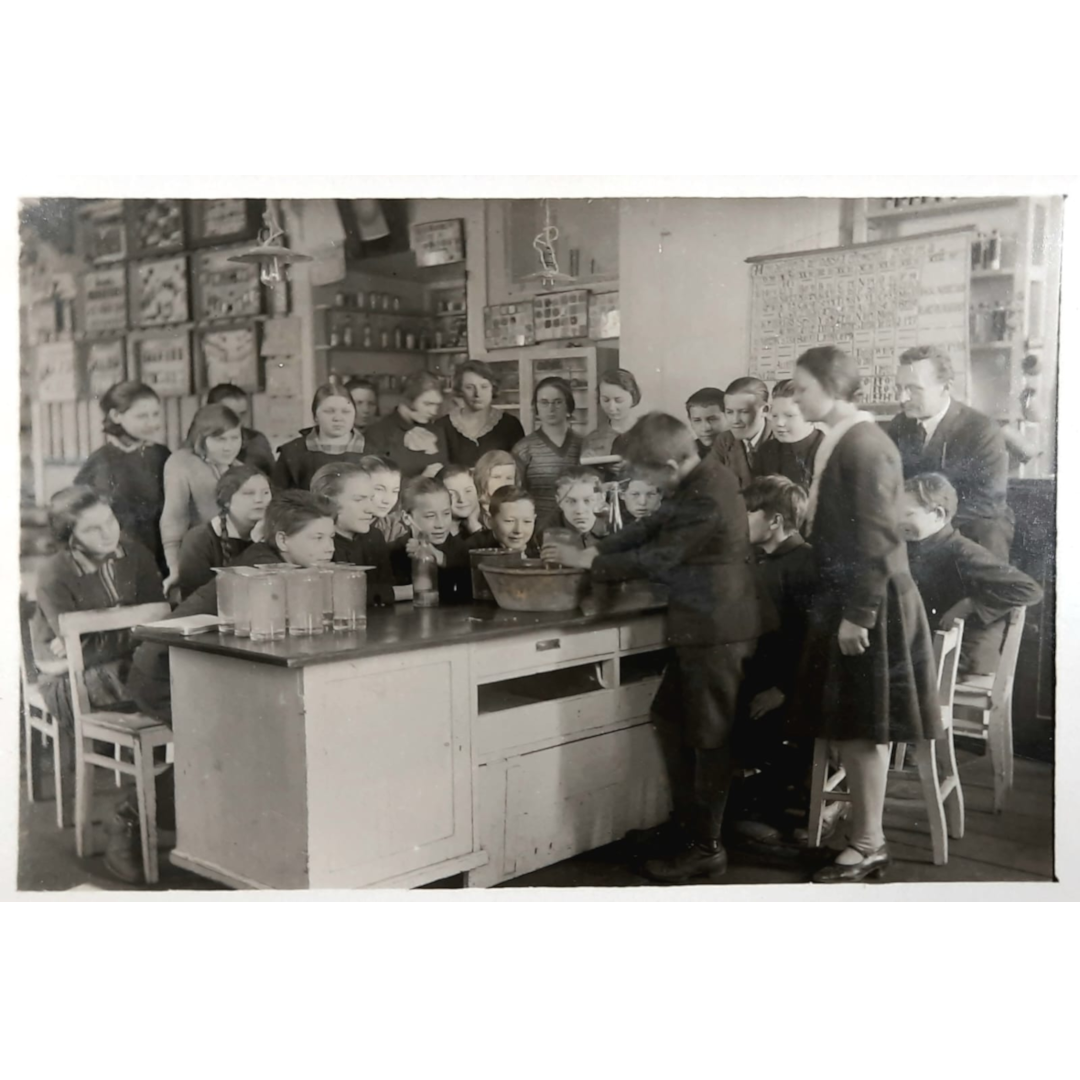
Diplomatic gifts collection
The diplomatic gifts collection includes more than 1,000 diplomatic gifts received by the Latvian Presidents and Prime Ministers, as well as Ministers of Foreign Affairs and their spouses during their terms of office. The collection is diverse; it includes commemorative medals and coins, fine art objects, books, photographs, textiles and other items of decorative and applied arts, stamps, rare and unique stationery, providing an insight into the history, culture and traditions of the contributing countries.
Read more
Priedaine collection
This collection includes 1,590 objects from the American Latvian Association’s cultural centre Priedaine antiquities repository. The repository was founded on May 1 1977 under the direction of artist and craftswoman Lilija Tomass; in 2006, it was moved to the New Jersey Latvian Association’s property Priedaine, where it operated successfully until 2014.
Read more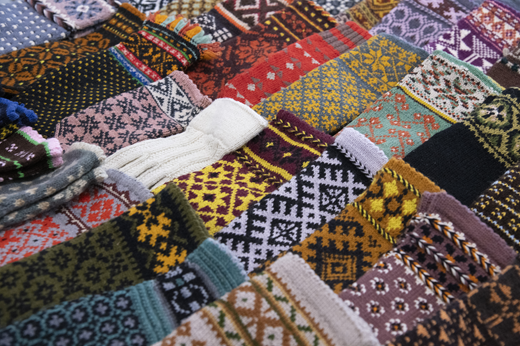
Sphragistics collection
The collection includes more than 5000 seal impressions. The most important part of the collection consists of seal impressions of various institutions used in the territory of Latvia between the 17th and 19th centuries, including seals of the Dukes of Courland and Semigallia, various cities, courts, police offices, notaries, railways, post offices, schools, medical institutions, military institutions, guilds, societies, churches and various trade and credit institutions.
Read more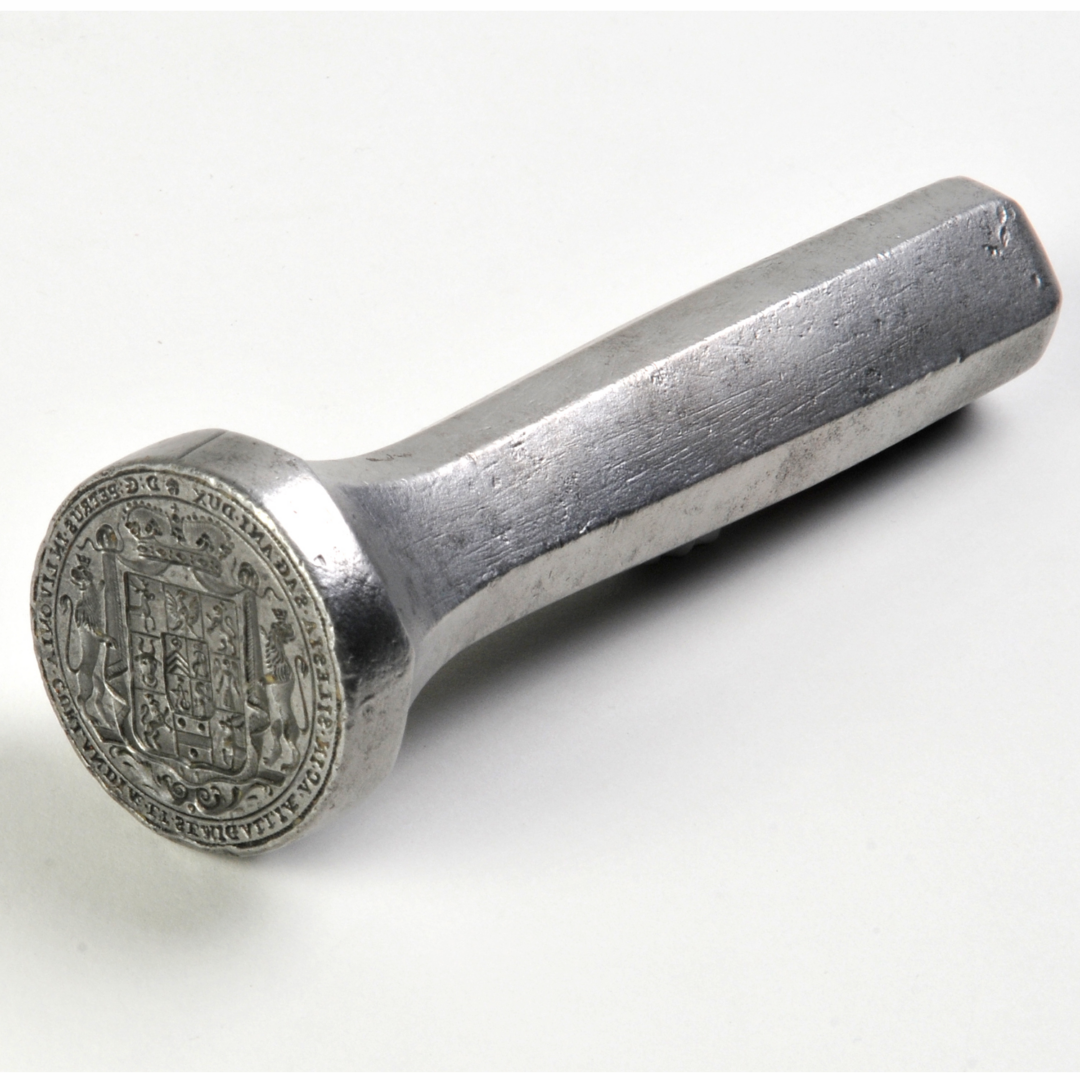
Popular Front Museum collection
The Popular Front Museum collection covers the years 1986–1993 and describes the events of the period when Latvia regained its independence. It comprises around 10,000 items – documents, photographs, objects – describing the activities of the Popular Front in Latvia and its cooperation with foreign countries, as well as other events and processes of the Third Awakening.
Read more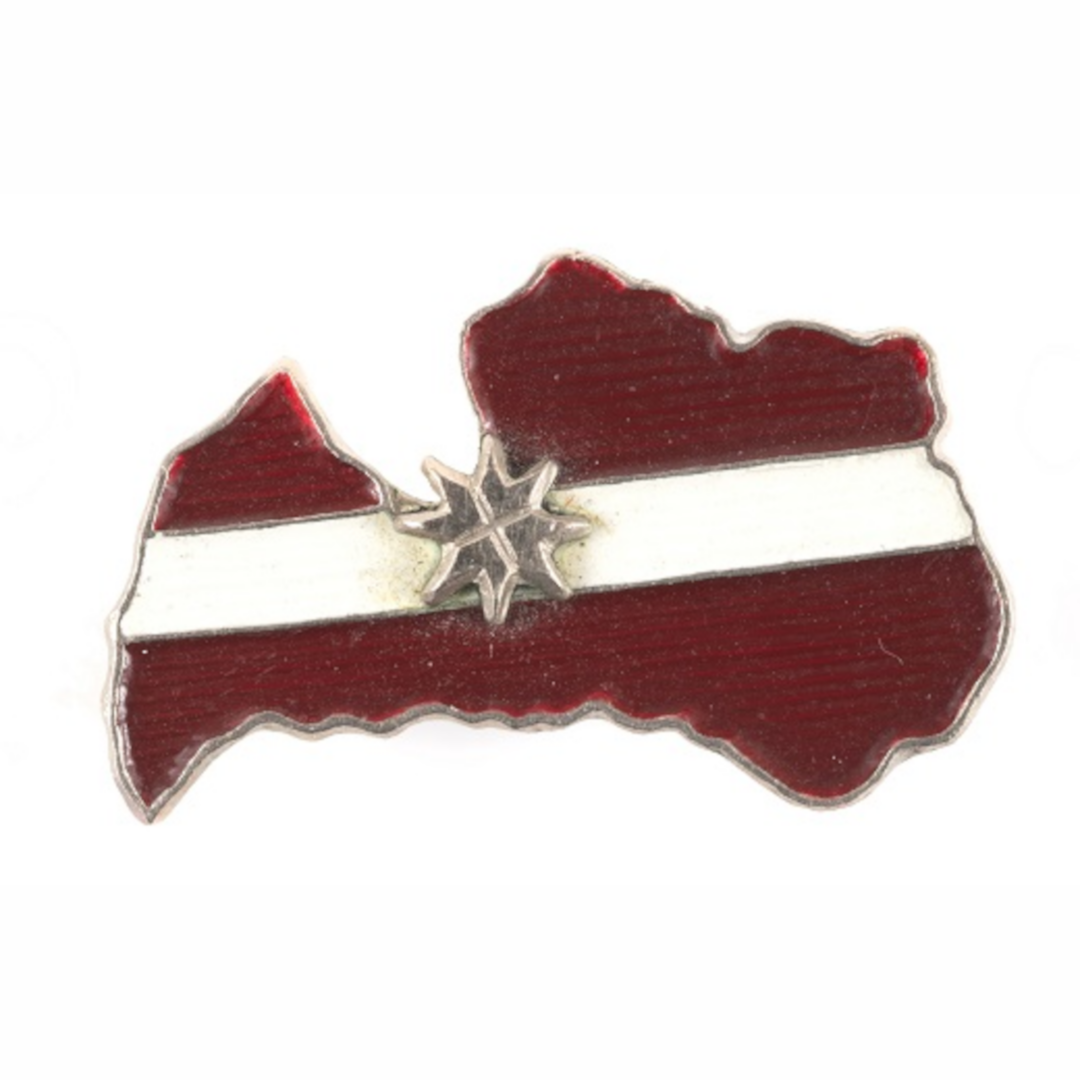
Collection of Gaidis Graudiņš
At the time of the Third Awakening, collector and patron of Latvian culture Gaidis Graudiņš decided to donate to Latvia his Latvian cultural and historical items collection, which he had gathered while living in exile in Germany. In 1990, it became the core of the Latvian Culture Museum “Dauderi”.
Read more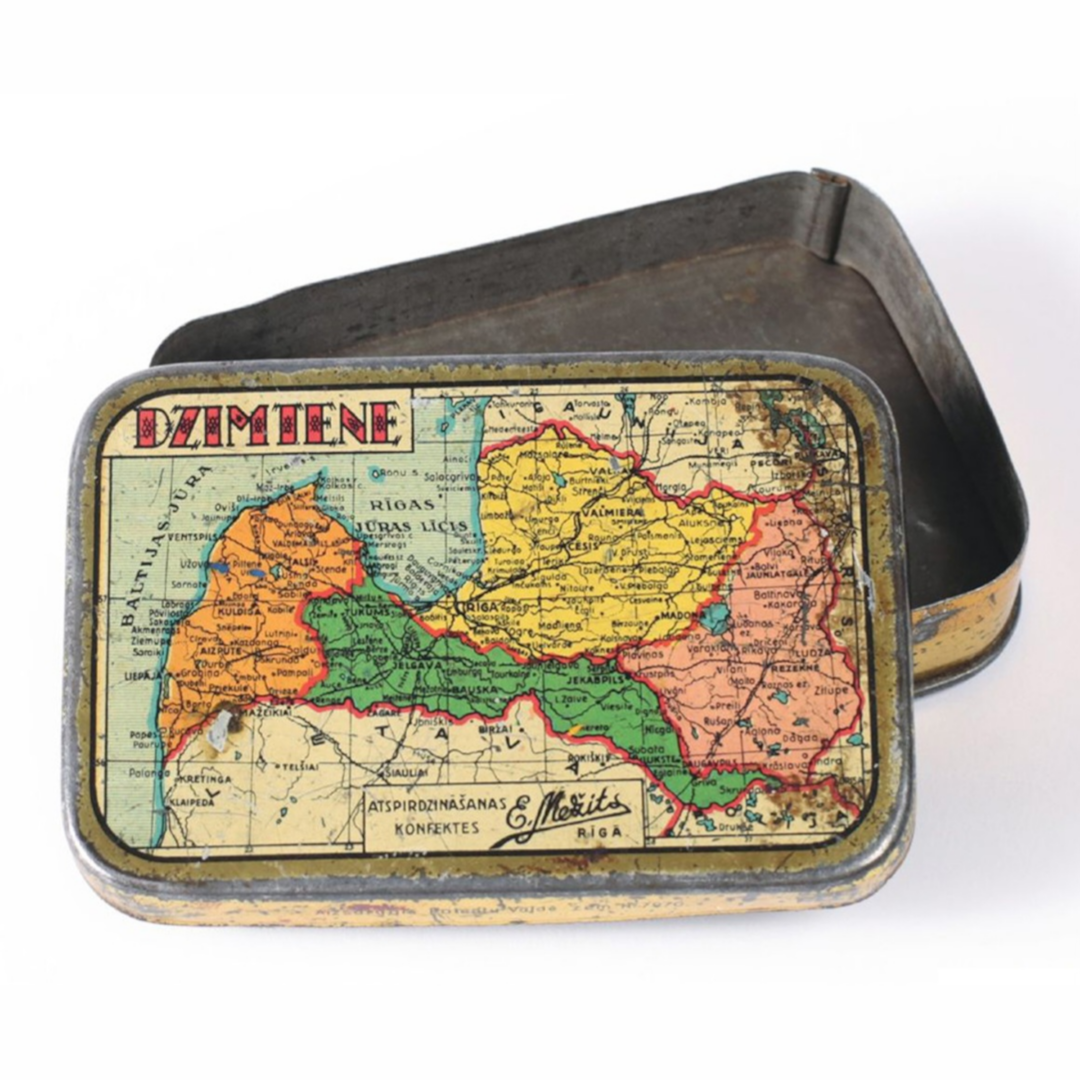
Dauderi collection
The Dauderi Collection includes around 5,000 objects acquired in the 1990s. They mainly describe the history, culture, art and daily life of the independent Republic of Latvia in the 1920s-30s, as well as the creative endeavours of Latvian exiled intellectuals in the West.
Read more




